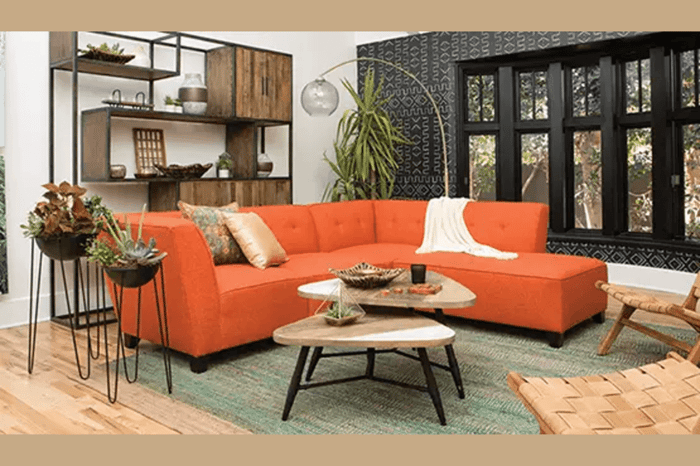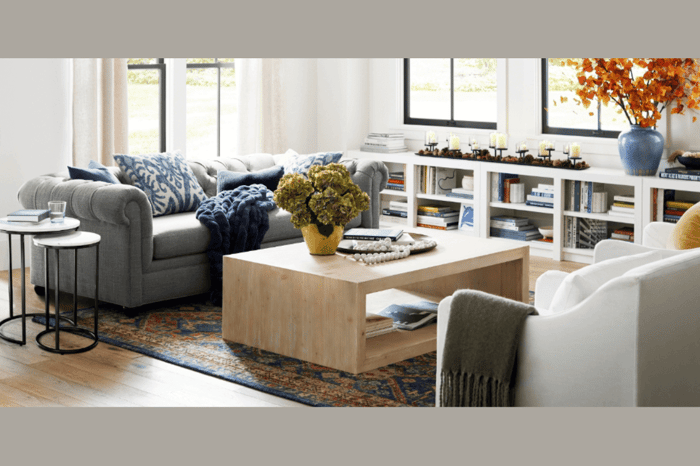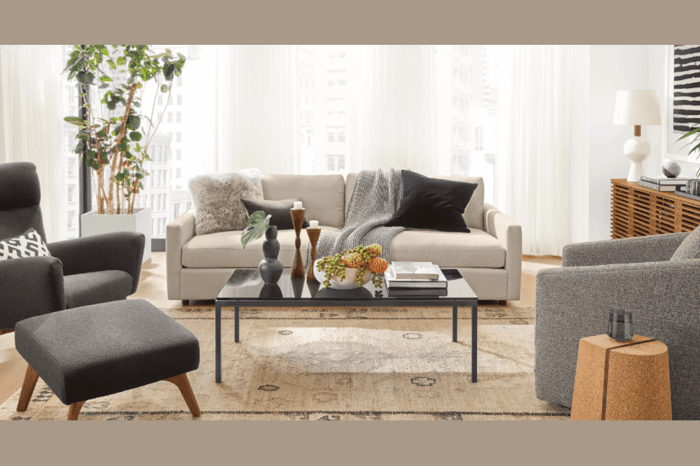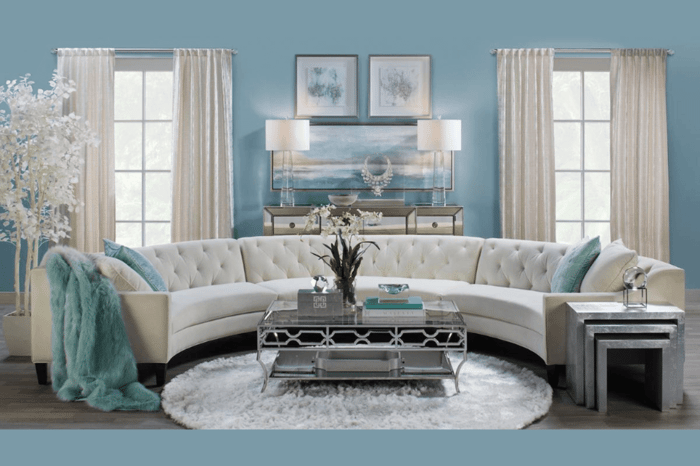HISTORY
Beginning in the late 1800’s, Modern interior design introduces a new simple, polished, and minimalist approach to decorating, art, and music. This style may of course seem similar to mid-century modern as that era falls under the modern timeline and practice, meaning modernism incorporates all things mid-century modern as well. Other historic guidelines maintain that the Modern design era started in the 1920’s with Art Deco and ended in the 70’s with what is currently considered Vintage styles. Greater in depth details on the history, inspiration, and influencers of this era can be found in our Mid-Century Modern Guide.
Modern design is generally classified by its use of wood and other earthy materials. Greater emphasis is placed on functionality and clean lines. Additionally, Modern design uses streamlining in furnishings, design elements, and well as spatial layouts, resulting in open interior spaces. The beauty of Modern design is achieved by focusing on symmetry and a sense of balanced comfort.
Modern technology, plus new materials, equaled more affordable furniture that resulted in lighter, sleeker styles of design. Modern furniture was influenced by Le Bauhaus School, where designers took advantage of these new materials to construct pieces. Some of the more notable names from that period include designers:
- Spiers
- Casco
- Ericson
- Hansen
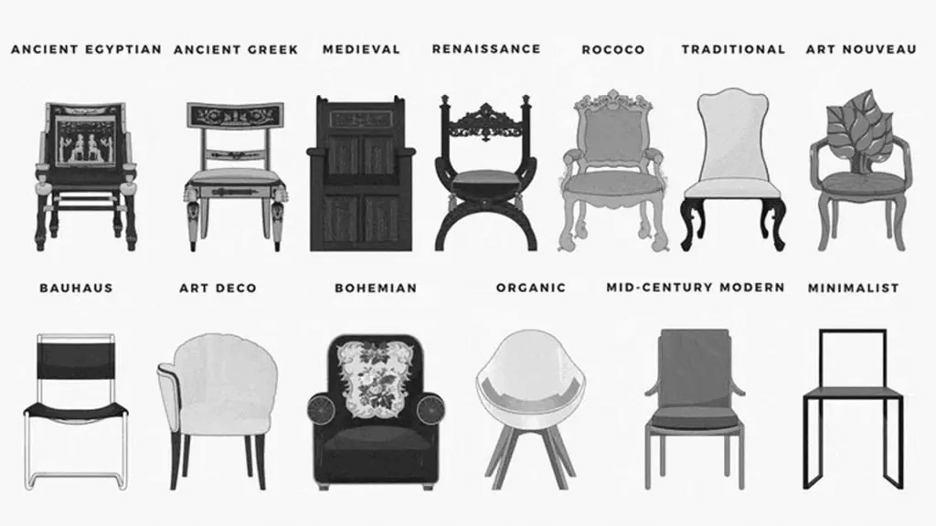
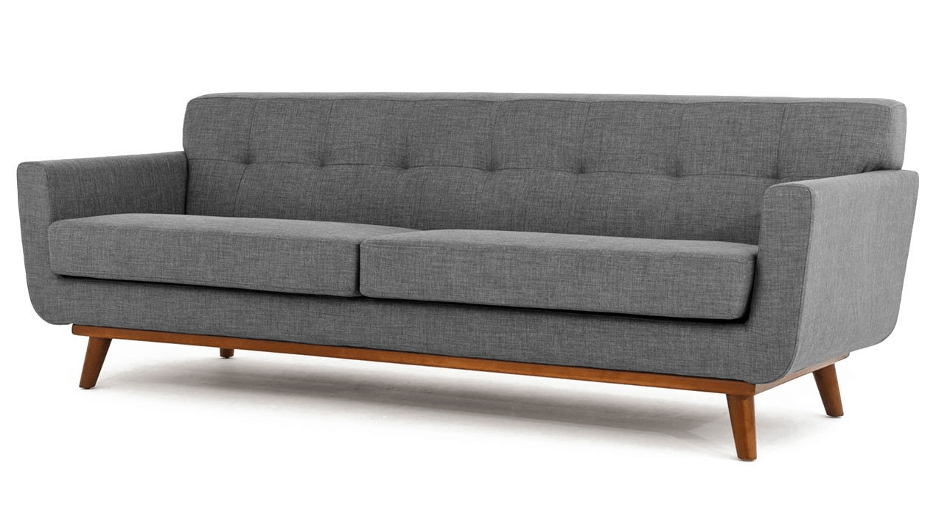
Spiers Sofa
MAIN GUIDELINES
One of the central foundations of modern design is that form follows function. Much of this was actually a product of invention, or shall we say taking liberties and an opening of vision, being bred from the feverish pace of development. Rapid growth in new cities across the country called for simpler and quicker methods than standard construction practices normally employed. This resulted in new materials such as reinforced concrete and steel which allowed the installation of bigger windows, taller buildings, and flat roofs resulting in cubic shaped structures.
DECORATING STYLE
Covering a span of many, many decades, it is difficult to define modern interior design. But we can say Modernism decor rests on a sleek and uncluttered foundation, reflecting a relaxed approach to life. This was in reaction to the opulent and elaborate style of the past century. So think clean lines, simplicity, and lack of embellishment. To mimic this look, decor is kept to a minimum while furniture can come in bright and shiny textures with smooth lines. Colors can run the range, with primary hues as accents, but hardly ever are patterns on the main stage.
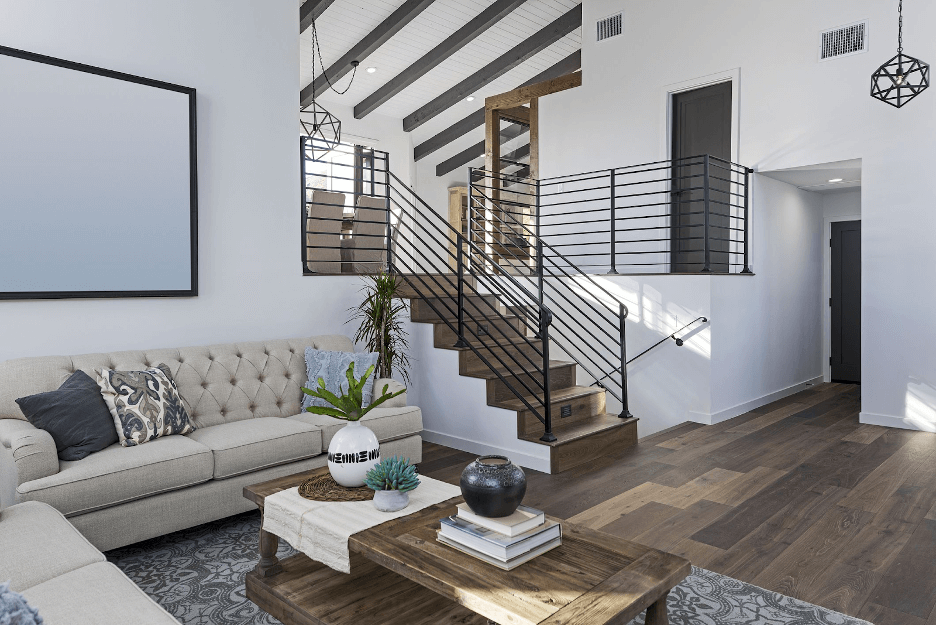 Example of a modern era living room.
Example of a modern era living room.
MODERN DESIGN ELEMENTS
Big Windows
Light, air, movement, nature, all consciously wonderful benefits of modern design.
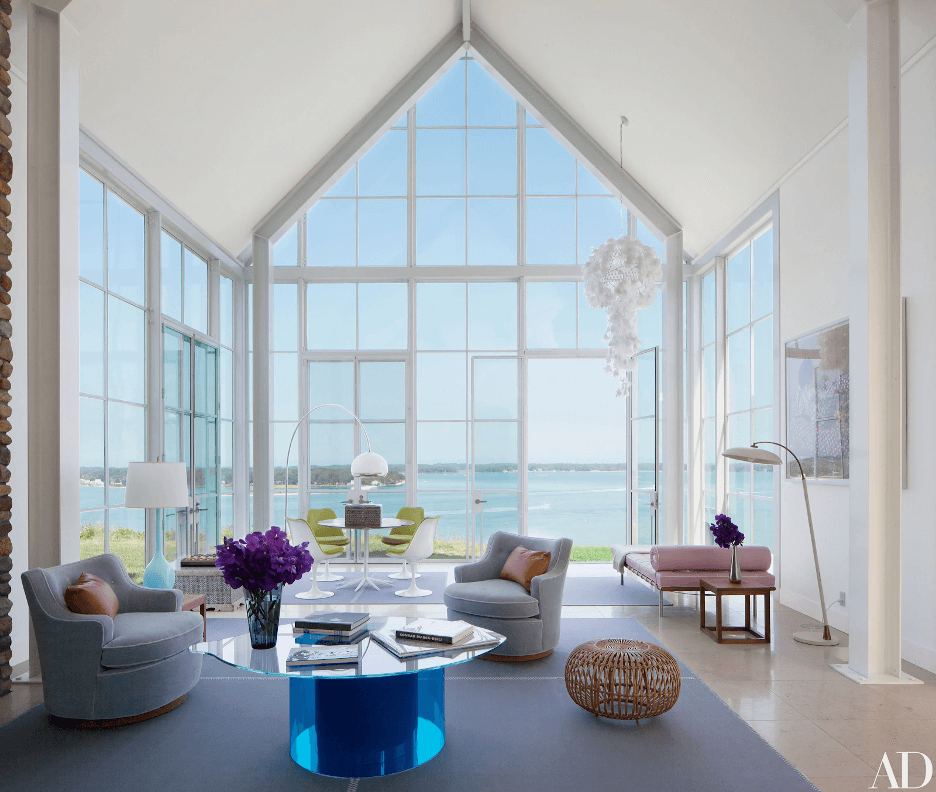
Sleek Furniture
Avoid patterns, focusing more on solid prints for fabrics. Clean, efficient, and streamlined define the functional furniture in modern design elements.

Open Layout
Eliminate most separating walls between living room, kitchen, and dining room. This again harkens to the minimalist goal of the design components encapsulating modern interior decor.
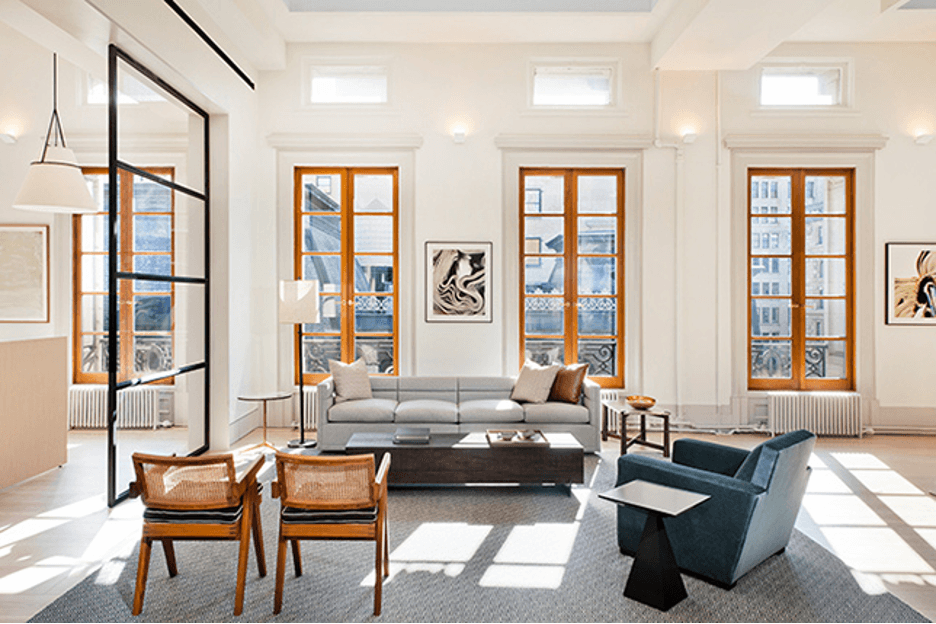
Limited Accessories
The modern interior calls for a look of “less is more”. This means clutter-free decor, from walls, to display cases or shelves, to kitchen counters. Extreme organization will be required to pull the look off.

Neutral Walls
In complete contrast to the previous century’s design style of ornate wall papers and richly painted rooms, the modern home is colored in a palette of simply white, beige, or grey tones.
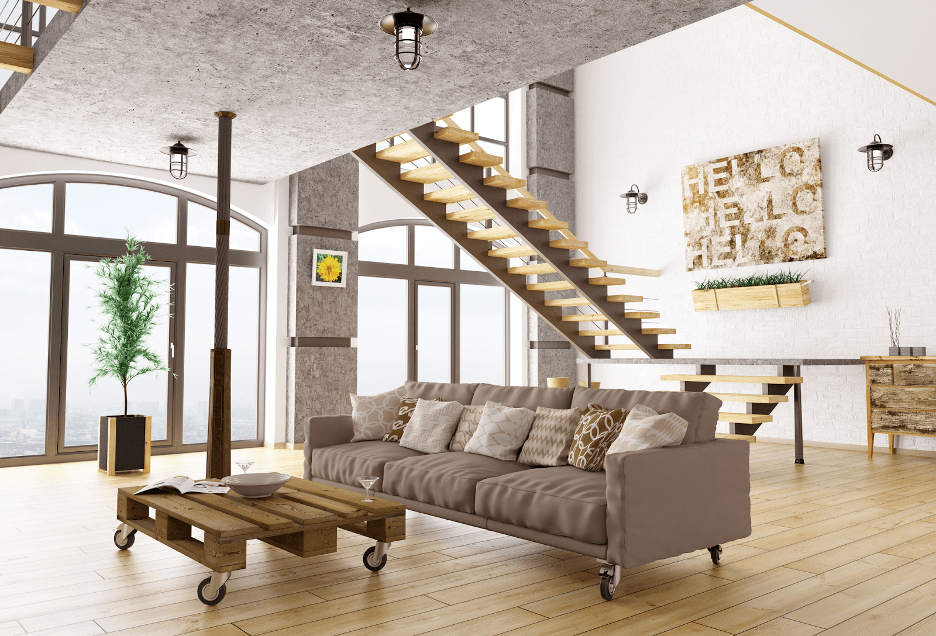
Color Splash
An intense hit of a primary color is also a traditional modern decorating element that spices up what might otherwise be a sterile environment. But this color explosion is limited to a piece of art, a rug, accent wall, or single furniture unit.

Expressive Art
Again, in opposition to the detailed realism of previous eras, artists in the modern era took their artistic expression to the other end of the spectrum, creating works in the cubist, abstract, and expressive styles.
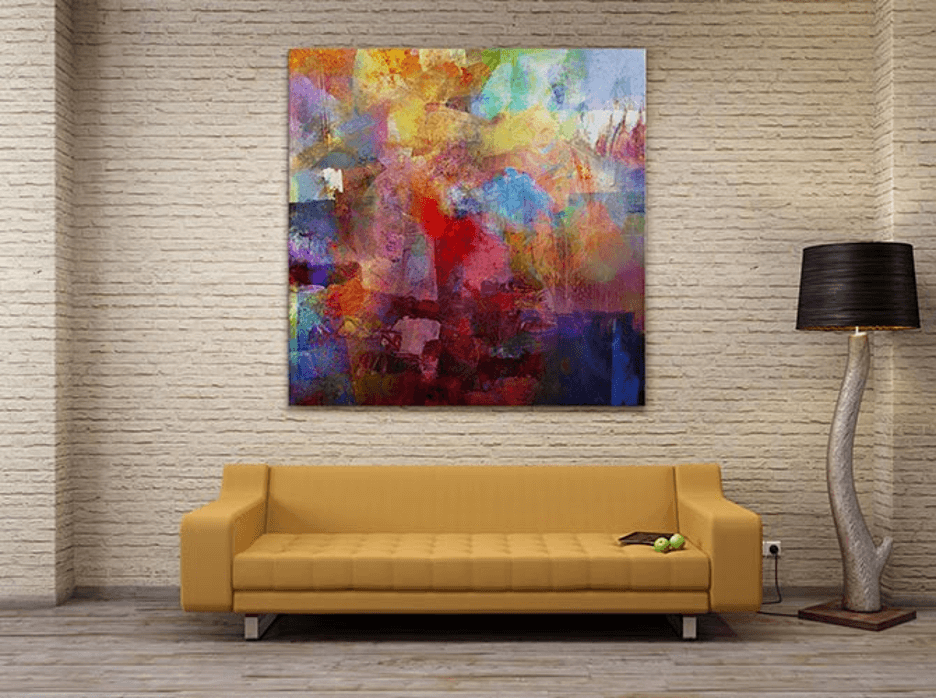
HUNTING FOR MODERN DECOR PIECES
When it comes to decorating, scouring second-hand stores, flea markets, auctions, and boutiques are all excellent places to find many elements to fulfill your modern design needs. The goal is to complement the space you are working in using modern design styles that work most effectively. Whether that be large statement pieces, abstract focal art, or the perfect streamlined chair to harmonize your work room.
Looking at some other design styles that came after the Modern era will demonstrate the progress and change in tastes and in different design styles of the following decades.
CONTEMPORARY DESIGN
There is no time period that defines contemporary design. It continues to evolve and reflect the popular styles of present day design; influenced by modernism, minimalism, Art Deco, and other global styles.
SCANDINAVIAN DESIGN
Another style that grew from the Mid-century Modern movement was the Scandinavian design. It too uses a minimalist look that features soft contours, colorful accents, and a balance of engineered and organic materials. It’s simple, contemporary, and clean, using a majority of the white and grey color palette.
#vintage #interiordesign #retro #design #homedecor #modernfurniture #architecture #moderndesign #vintagefurniture #interior #vintagestyle #modernism #furniture #interiors #decor #modernart #midcenturymodernfurniture #modernystyle #modern #danishdesign #art #modernhome #antiques #scandinaviandesign #vintagedecor #interiordesigner #forsale #vintagehome #home #homedesign #interiorstyling #midcenturydecor #vintageshop #furnituredesign #sdesign #teak #shoplocal #midcenturyliving #antique #interiordecor #modernist #vintagedesign #spaceage #danishfurniture #decoration #designer #apartmenttherapy #shopsmall

